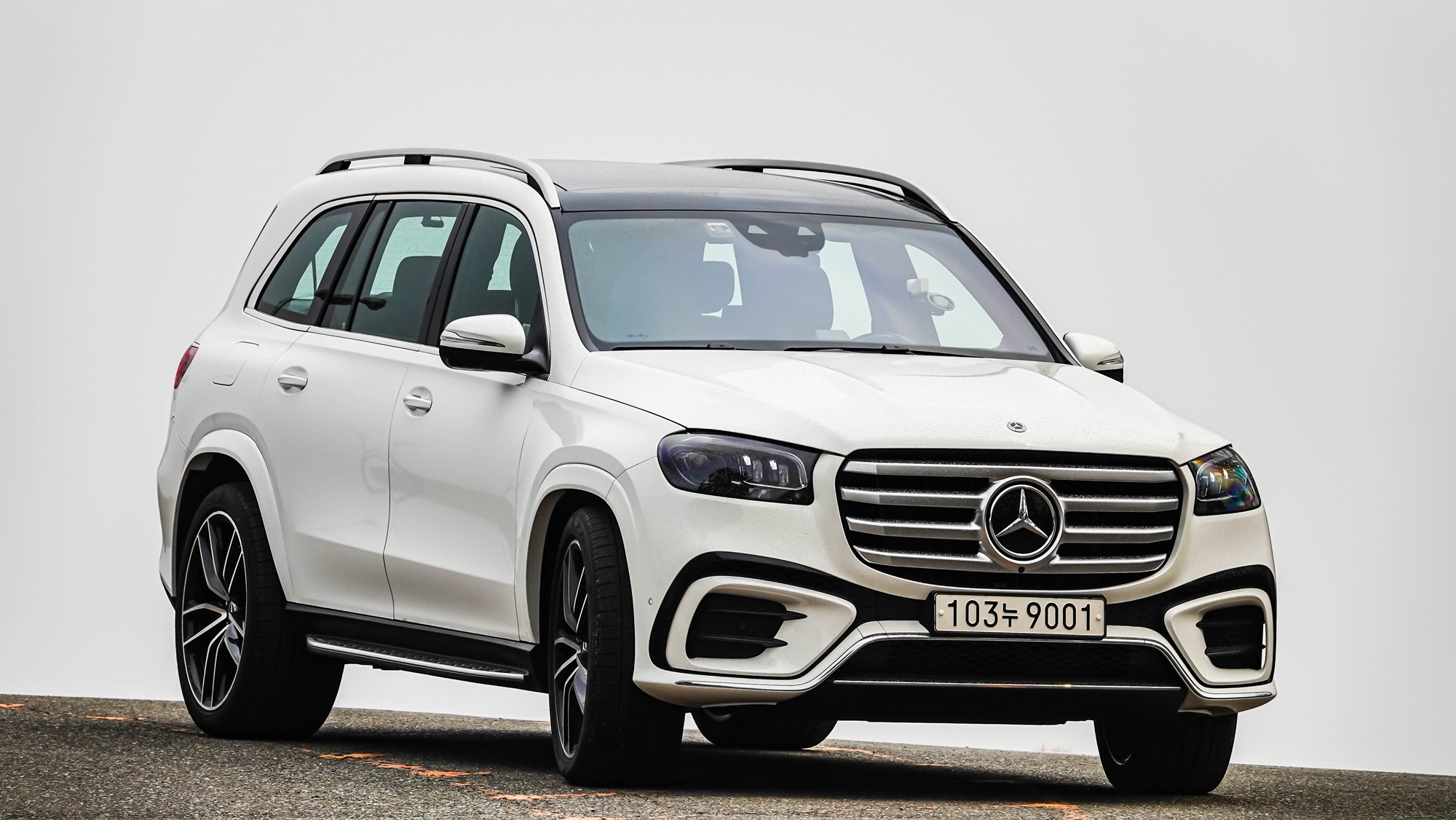
The GLS. Tracing back, it began as the GL and has evolved into the GLS through three generations. This flagship SUV from Mercedes is packed with a plethora of convenience and safety features within its large frame. It’s a vehicle that not many can easily possess, thus it remains a dream car for many—a dream to someday own.
In the domestic market, it has launched with two variants: the 450d and the 580. The ‘New GLS 580 4MATIC’ is in focus.
This is the third-generation facelift model. The robustly designed grille grabs attention immediately. The bumper, rear lamps, and the projection logo that shines on the ground when opening the front doors have all been updated. The 580 features the AMG line design as standard, which includes an AMG-specific apron and dedicated exhausts.
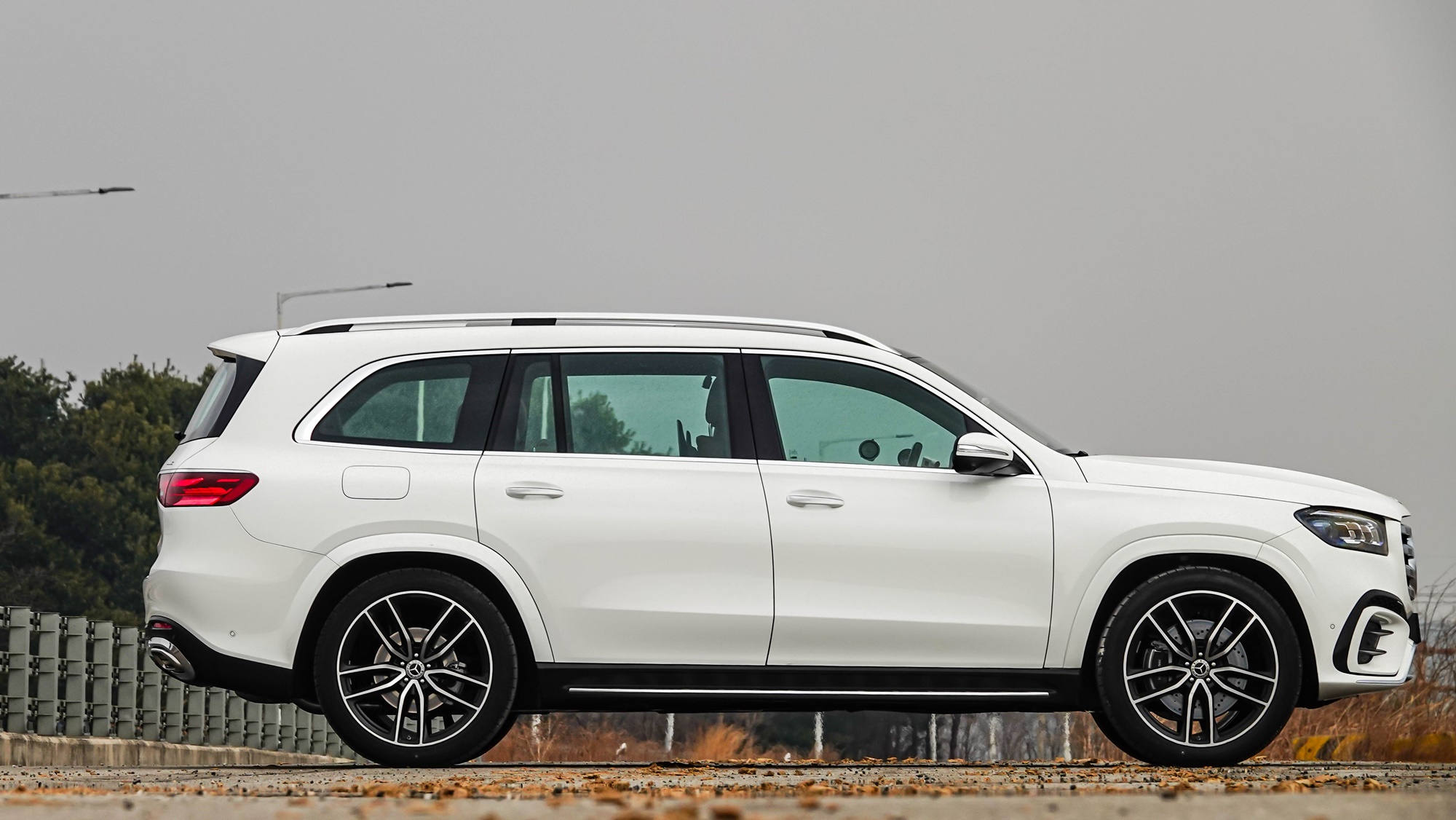
With dimensions of 5,210 x 2,030 x 1,840 mm and a wheelbase of 3,135 mm, the GLS exceeds 5 meters in length, and its impressive width of 2,030 mm gives a real sense of size. Although the interior offers spaciousness, navigating it in a parking lot can be a cautious affair. It’s a paradox where vastness can feel cramped. When driving, it feels as if one lane is completely occupied.
The interior features a total of five monitors. There’s a 12.3-inch instrument cluster, a 10.25-inch center fascia monitor, and in the rear seats, there’s a 7-inch tablet monitor in the central armrest and a pair of 11.6-inch monitors in front of the left and right rear seats. In terms of display arrangements, the front passenger’s area seems functional yet underwhelming. Additionally, for entertainment, two HDMI ports in the back ensure ample preparation for enjoyment.
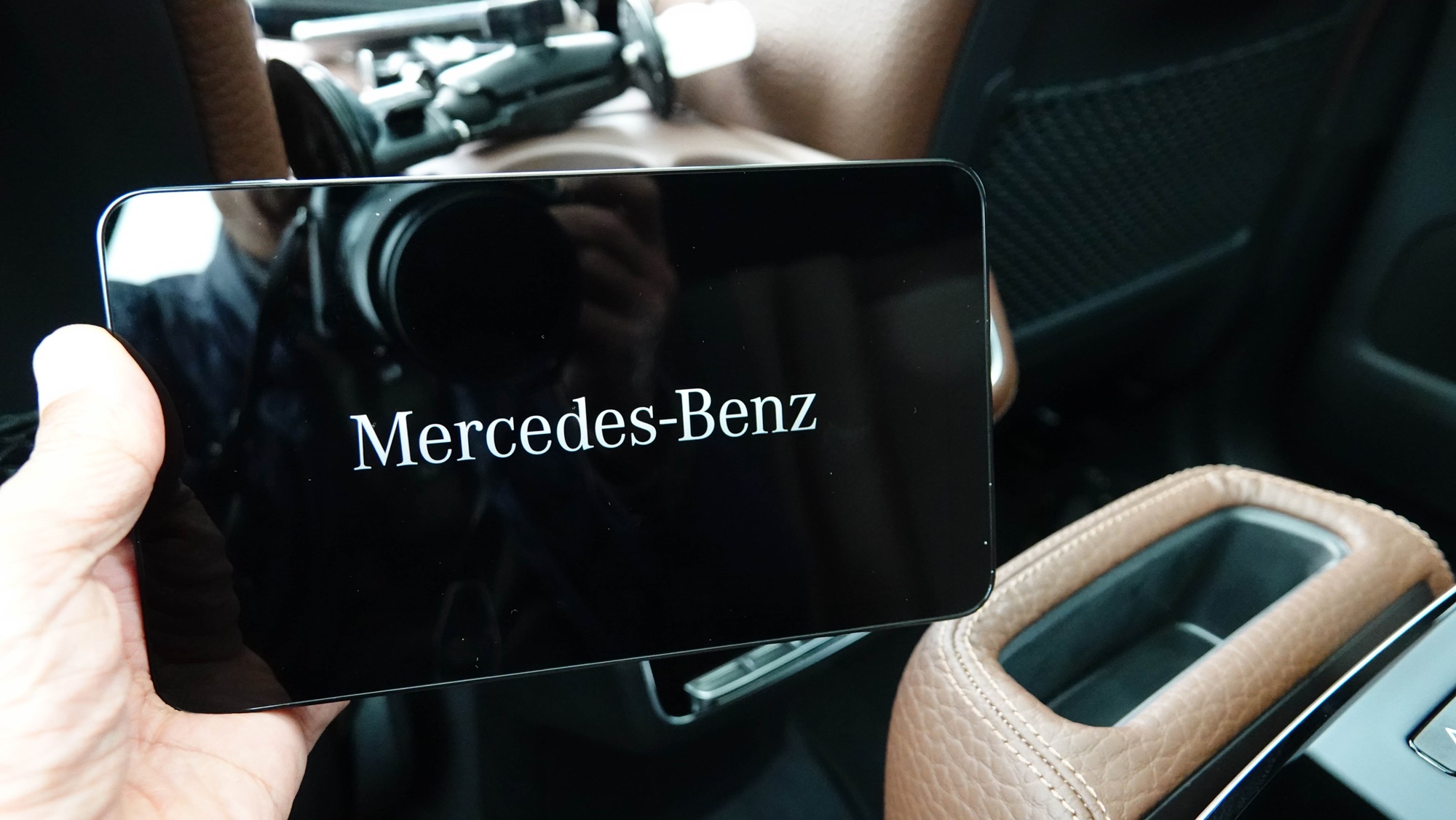
The centerpiece of these monitors is the second-generation MBUX infotainment system. Features include multi-contour seats with air chambers and heating massage options, as well as an air purification package that filters harmful air and PM2.5 fine particles.
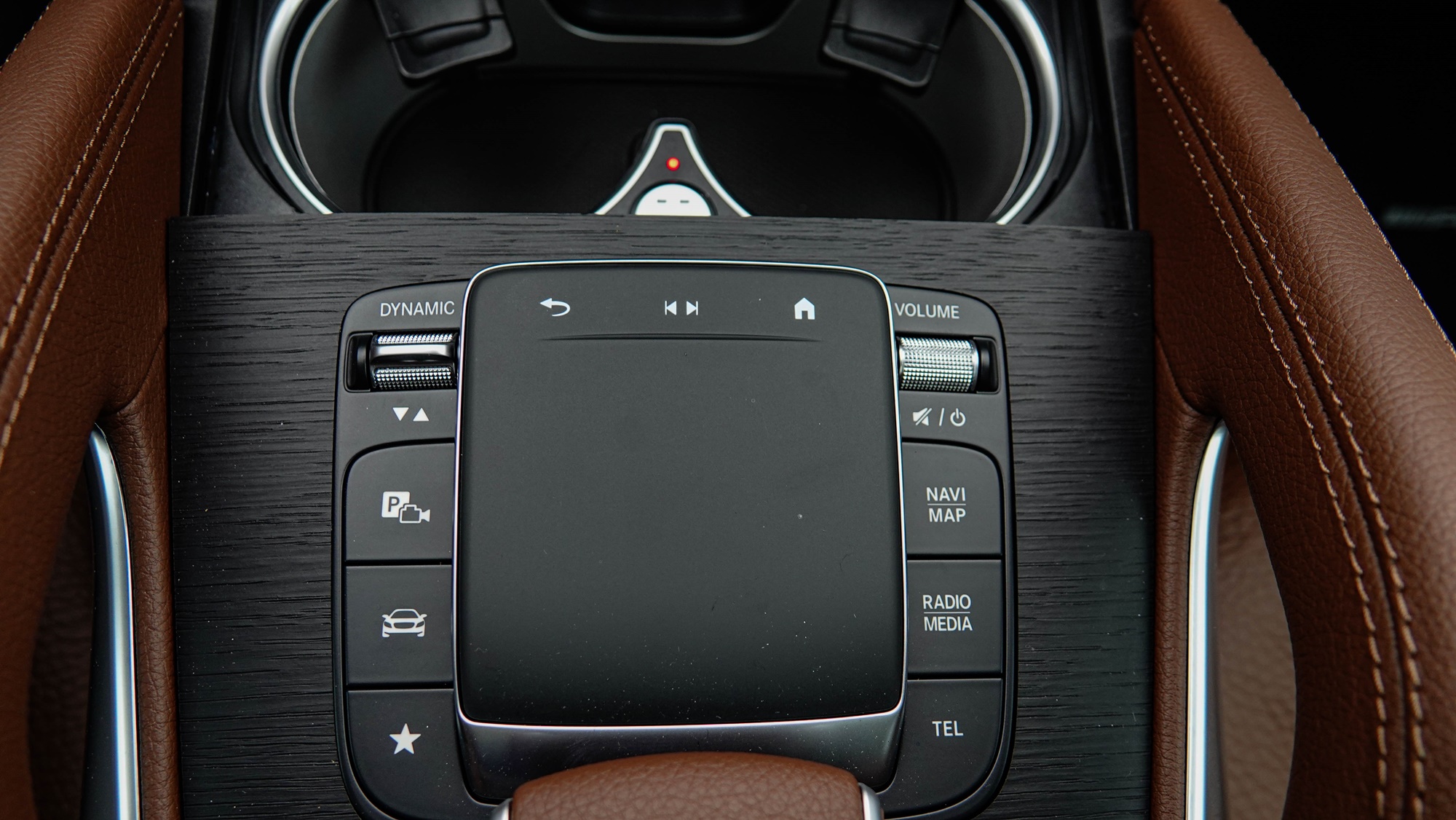
Due to its large size, it also carries considerable weight. Its curb weight is 2,670 kg, and with a few passengers and luggage, it can approach 3 tons. It’s challenging for a typical engine to manage such weight, hence the presence of a V8 engine. The V8 4.0 engine produces 577 horsepower, which translates to a weight-to-power ratio of 4.6 kg per horsepower. Heavy yet nimble—another paradox.
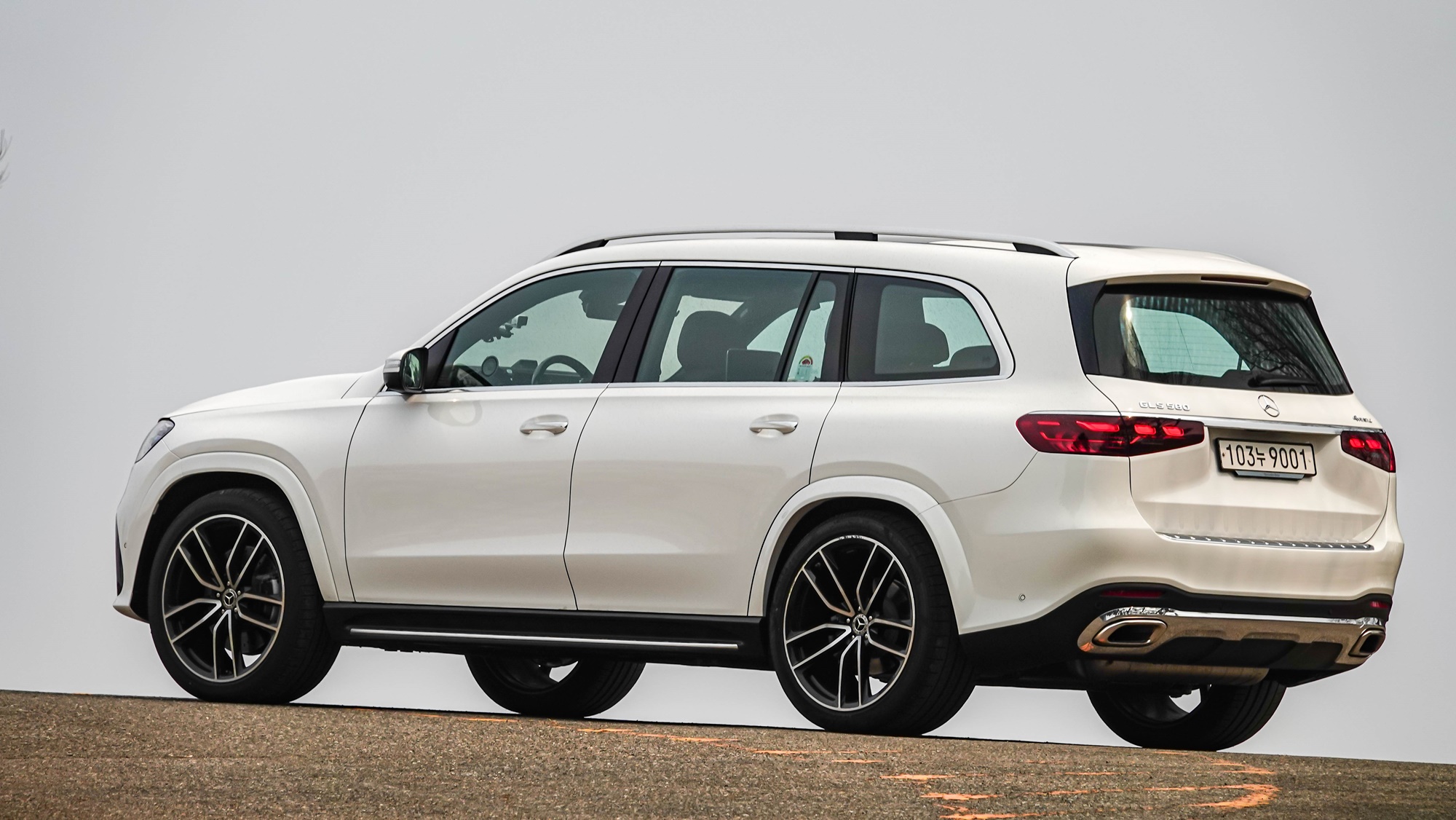
The power reaches its destination through 23-inch tires, with sizes of 285/40 R23 in front and 325/35 R23 in the rear. The tires fill the wheel wells completely, hinting at their performance capabilities. Based on experience, larger diameter tires can introduce discrepancies in measured distance, but this vehicle exhibited virtually no error. During every test drive of the 55 km route between Paju and Seoul, it recorded exactly 55 km—a remarkable aspect.
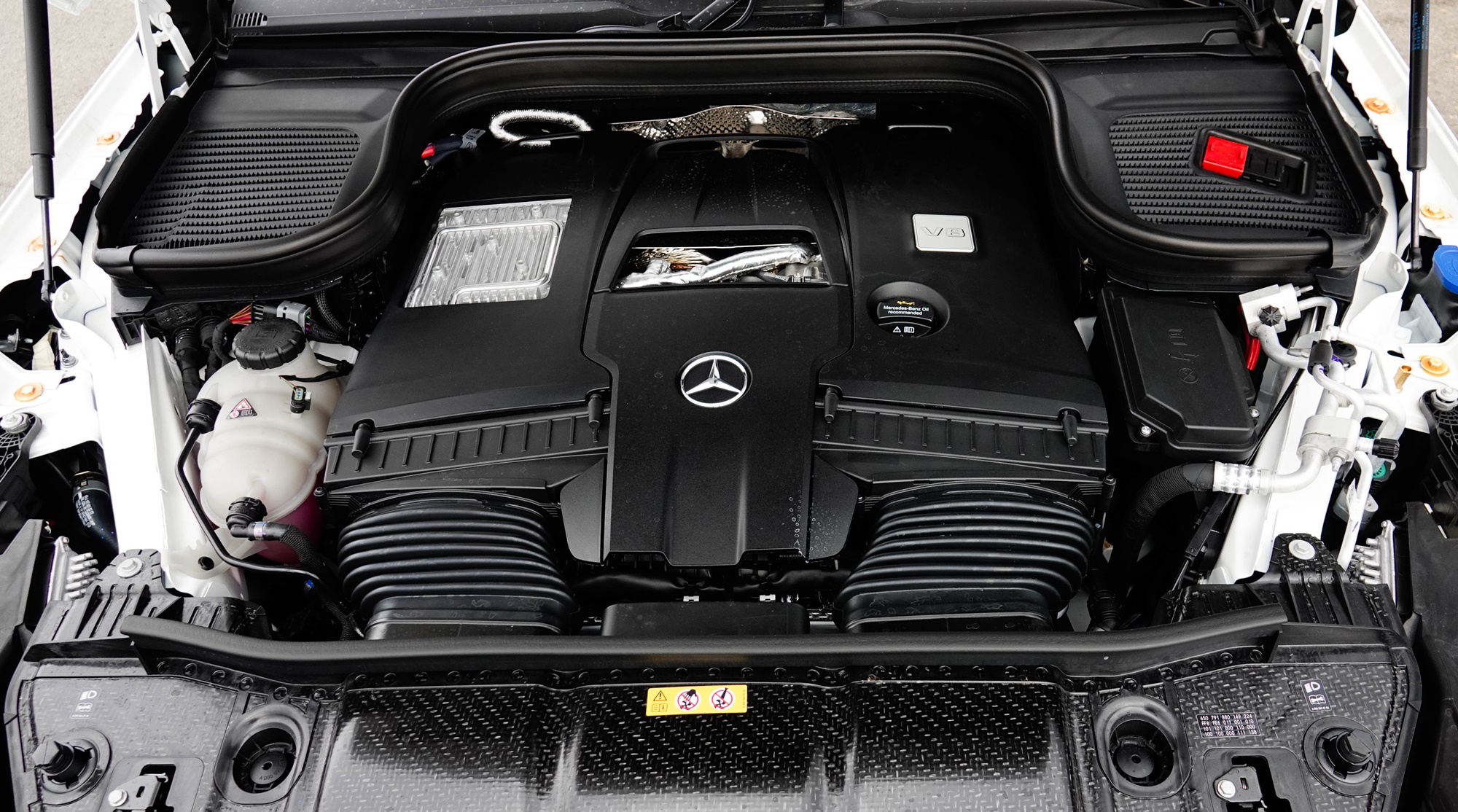
The 577 horsepower may sound understated. While it may seem like a raw power that could aggressively surge forward, its delivery is smooth and restrained. It’s a force tempered with elegance. During maneuvers like kickdown, quick acceleration, or overtaking, a response time is required. Even braking is a gentle affair; when executing emergency stops, the brake pedal feels firm, yet the body remains stable. The front end doesn’t dive excessively, and the responses to acceleration or braking unfold gradually.
The 9-speed automatic transmission fine-tunes the engine’s performance. At 100 km/h, the RPM fluctuates between 1,400 in 9th gear and 5,100 in 3rd gear, presenting a balance of power and efficiency.
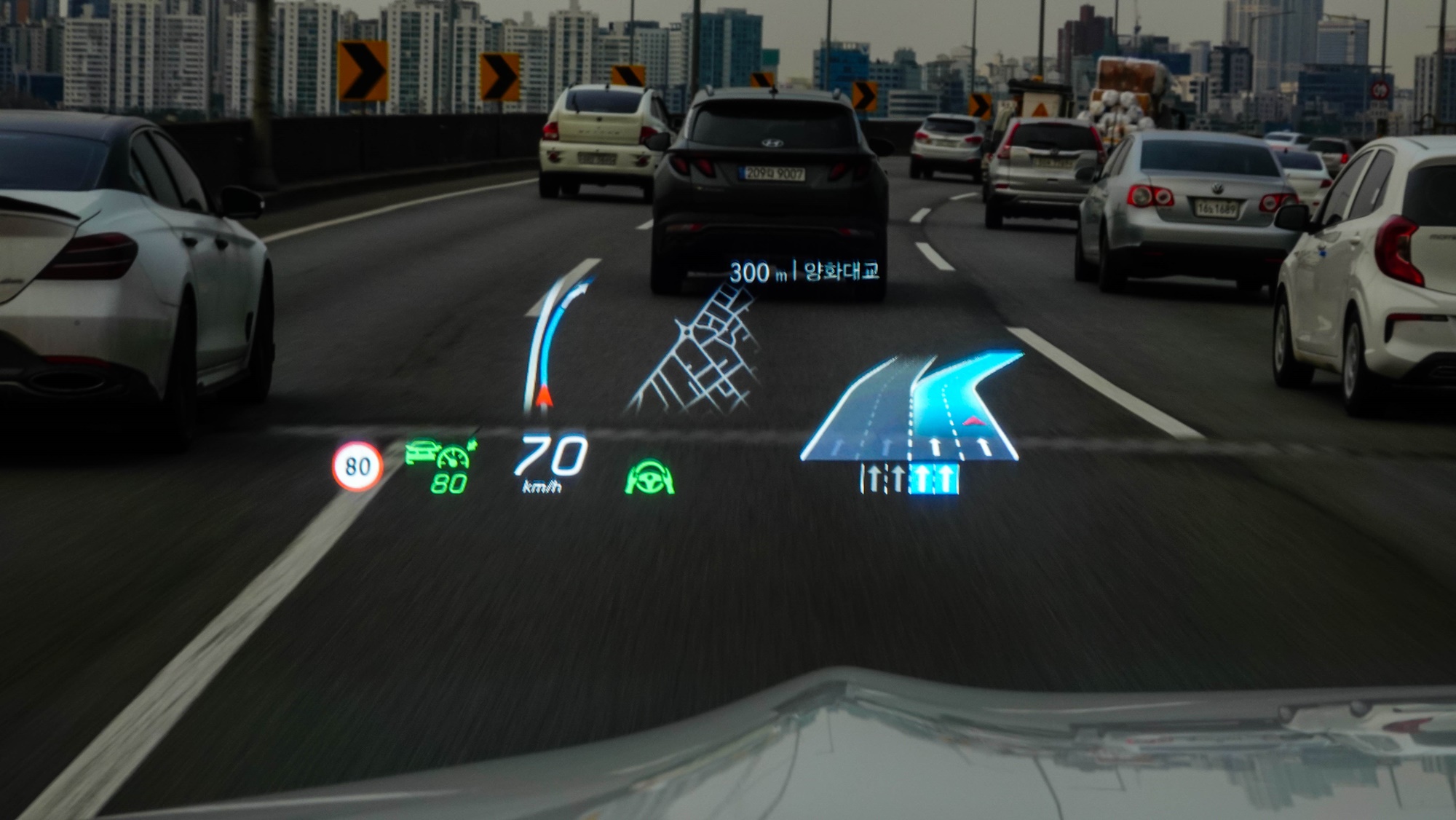
It goes without saying that it’s quiet inside. The acoustic comfort package, which utilizes special glass coatings and supplementary materials to block noise and enhance insulation, plays a significant role. There’s hardly any noise penetrating the cabin, and wind noise at high speeds is also minimal.
The 48V mild-hybrid system known as EQ Boost is applied. It provides smooth restarts with a starter-generator integration and adds roughly 16 kW of power, and it can even turn off the engine while gliding.
The air suspension equipped with an adaptive damping system that adjusts automatically based on driving conditions, speed, and load maintains a stable posture. Its superb high-speed stability is exceptional. Despite its large body and high center of gravity as a full-size SUV, it maintains an incredibly stable stance relative to its speed. With a lower perceived speed, one might easily exceed the speed limit without glancing at the speedometer.
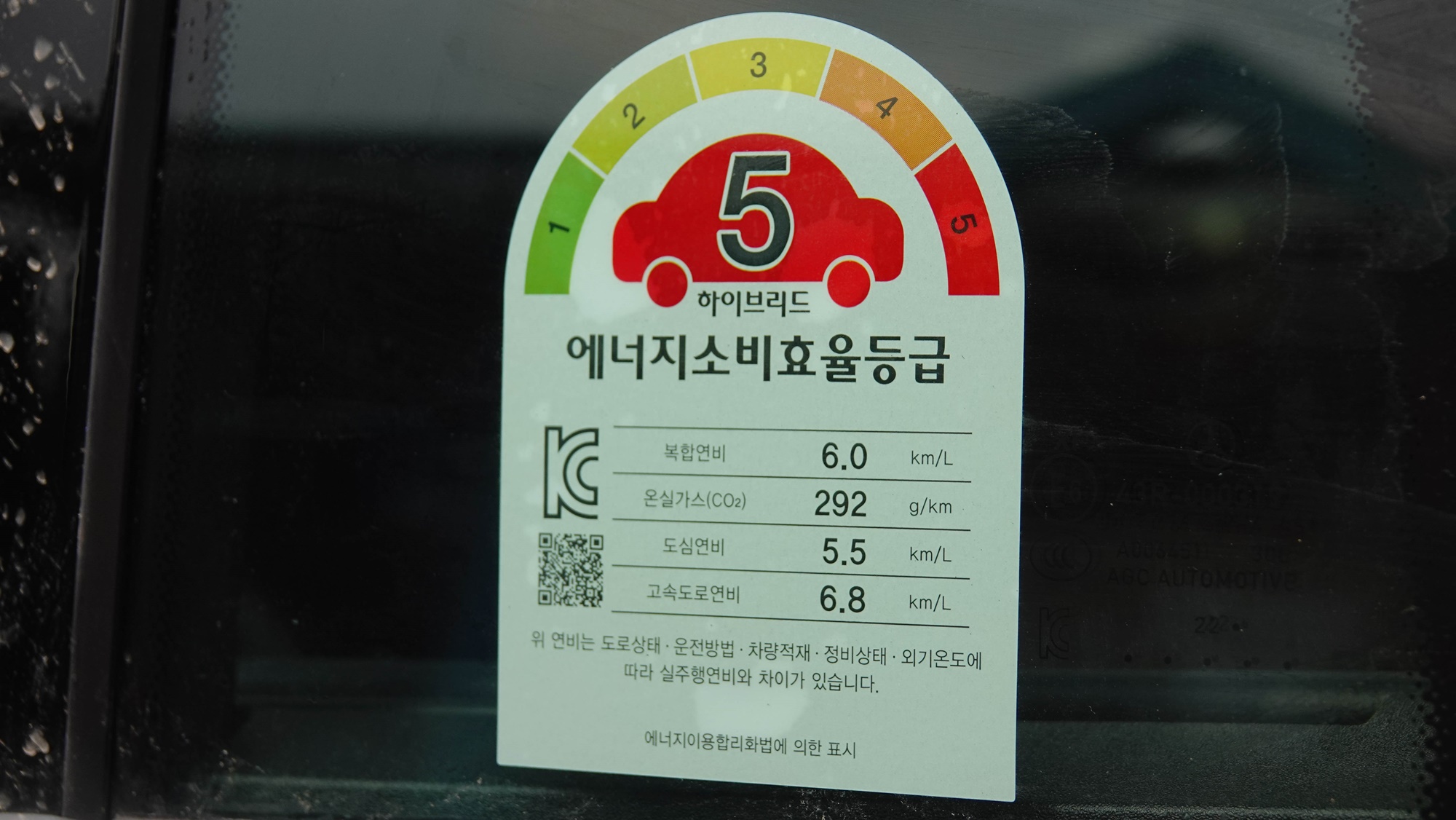
The off-road driving mode is unique. It provides information on surface tilt, gradient, GPS coordinates, direction, and steering angle, assisting off-road driving experiences. Notably, the transparent hood feature is impressive. It displays the portion beneath the hood that isn’t visible from the driver’s seat. Thus, obstacles can be identified while driving. This feature operates at speeds below 8 km/h.
The Magic Vision Control system is fascinating as well. The washer fluid comes from the wipers; it isn’t sprayed into the air, so it remains invisible while efficiently cleaning the windshield. Upon closer inspection, you can see that the washer fluid is sprayed from wiper blades. In winter, warm water is used, adding to its utility.
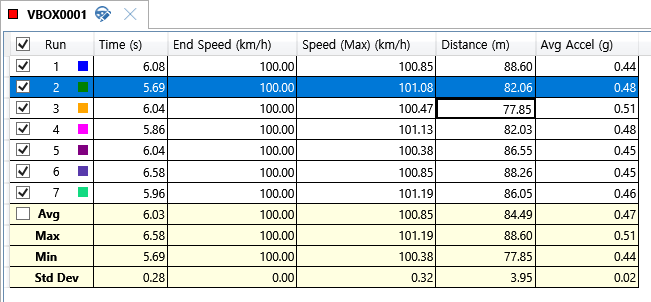
According to specifications, the vehicle accelerates from 0 to 100 km/h in 4.9 seconds. A GPS-measured record showed 5.69 seconds, with a travel distance of 77.85 meters covered. The real-world fuel efficiency over the 55 km Paju-Seoul stretch was recorded at 10.4 km/L, achieving double digits. This compares favorably to the official combined fuel efficiency of 6 km/L.
The selling price is 181.5 million won. It’s a price that not everyone can easily approach, but it seems to be a vehicle worth experiencing at least once in a lifetime. It remains a dream car that many aspire to own one day.

Oh Jong-hoon’s Straight Talk
There’s no Eco mode in the driving options. Given it has a 48V mild-hybrid system, the omission of Eco mode is disappointing.
The seat adjustment feature lacks a dedicated button. Fine-tuning the lumbar and backrest requires navigating through several steps on the screen, making it somewhat complex and discouraging to use. A physical button would be more appropriate.
Oh Jong-hoon yes@autodiary.kr

